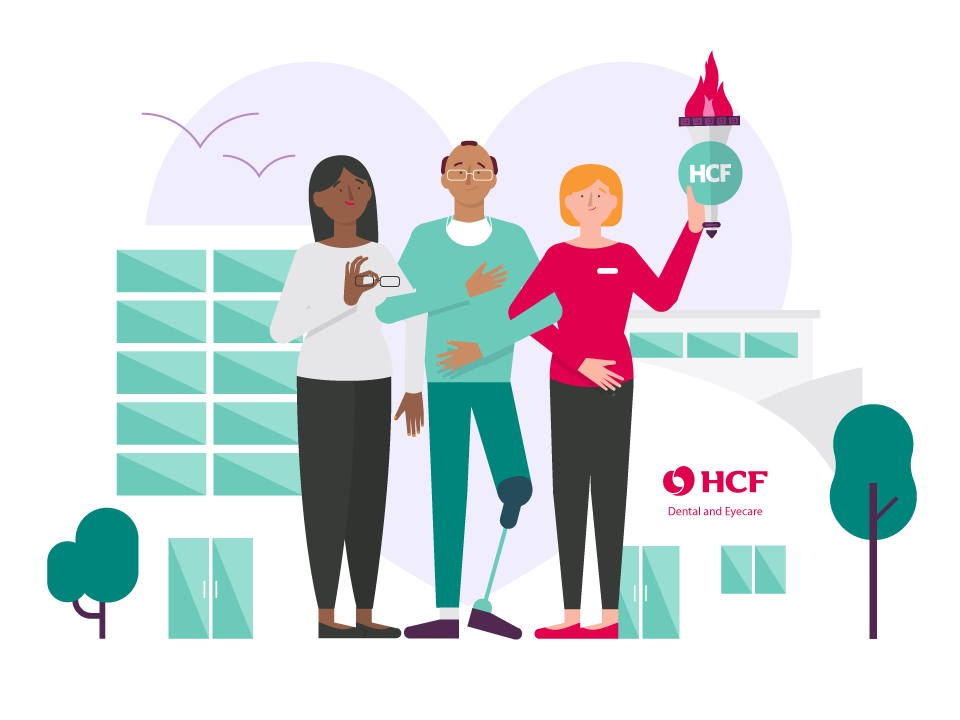A member of the hospital staff will take you to the operating theatre, lie you down and make you comfortable.
If you're having general anaesthetic or IVS, the anaesthetist will insert a cannula into your arm or back of your hand to administer the anaesthetic that will send you to sleep. If you’re having local anaesthetic, your doctor will give you one or more injections. These may sting briefly.
Your surgeon will carefully select, prepare and mark both the recipient and donor sites. Sometimes the surgeon will reduce the recipient site in size with a special stitch called a purse string suture, to reduce the graft size.
From this point on, the technique your surgeon uses depends on the type of graft or flap you’re having:
- Split skin grafts are generally harvested with an instrument called a dermatome, which enables a precisely measured layer of skin to be removed. Your surgeon places the harvested graft in sterile saline (salt) solution. Before applying it to the recipient site, your surgeon may perforate or mesh the graft. Meshing involves placing the graft over a graft-meshing machine to increase the surface area and improve the drainage. Your surgeon then sutures it in place and covers it with a dressing. The donor site is also covered with a dressing.
- Full thickness skin grafts are harvested using a scalpel because the entire epidermis and dermis is removed. Your surgeon will probably use a template to ensure that the graft fits the recipient site exactly, where it’s sutured in place. Your surgeon may close the donor site with sutures or use a split skin graft from another part of your body, depending on the nature of the wound.
- Local flaps are taken from the site adjacent to the recipient site and transferred while keeping the blood supply intact. Your surgeon will close the donor site with sutures or may use a split skin graft from another part of your body.
- Distant flaps require blood supply to remain intact from the donor site. Your surgeon may tunnel the intact blood vessels under the skin to their new location. Sometimes this type of reconstruction requires more than one operation.
- Free flaps require – in addition to removing and repositioning skin, fat and/or muscle – removal and reconnection of at least one blood vessel. Your surgeon will achieve this by meticulous microsurgery. A common example of this type of flap is a reconstruction of your breast following a mastectomy. Your surgeon can do this by making a flap from your abdominal muscle and fat.
Pros and cons of public hospitals
Understanding your hospital choices will help you decide what's right for you.







